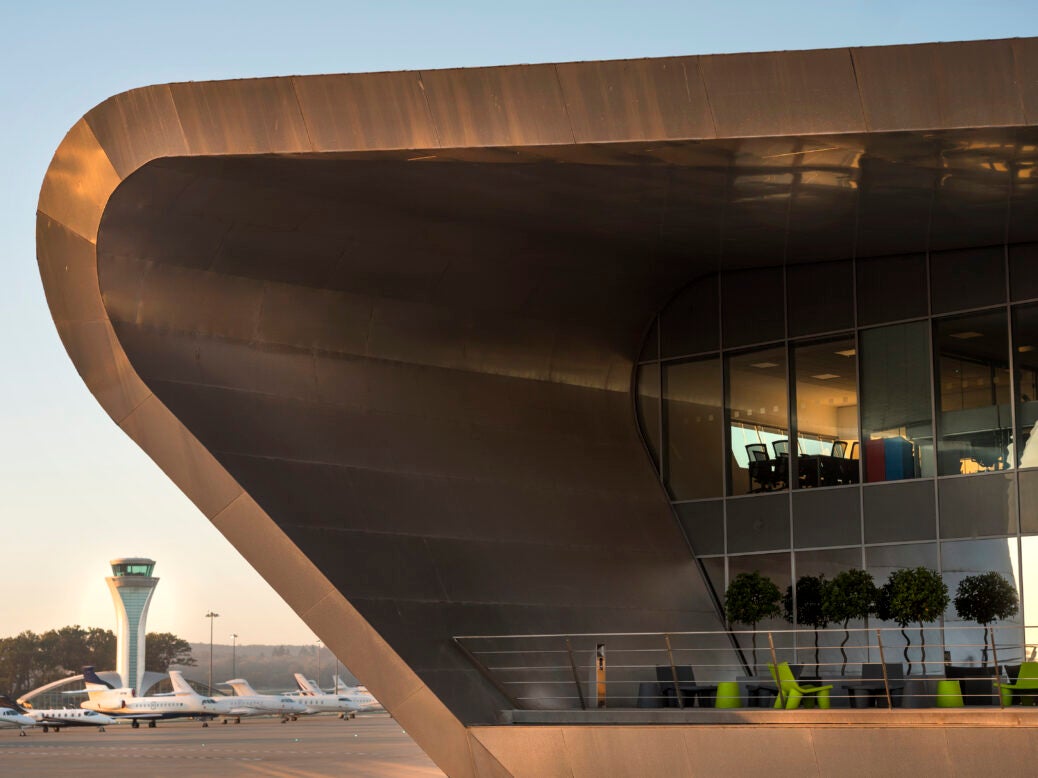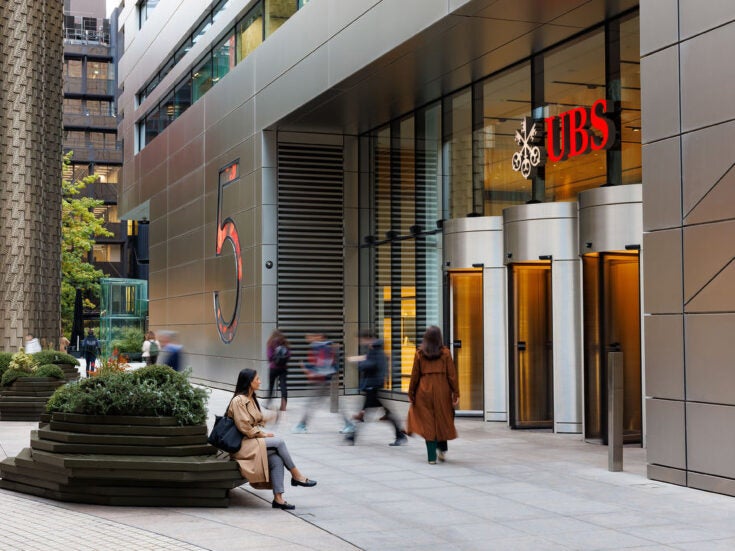
CEO Simon Geere tells Spear’s how focusing on carbon neutrality and five-star service has helped Farnborough Airport to stay ahead of the curve
In 2018, Farnborough Airport’s 310-hectare private airport made headlines for achieving carbon neutrality, a first in business aviation worldwide. This was certified by the Airport Carbon Accreditation, which supports the UN’s ‘Climate Neutral Now’ campaign that promotes the use of carbon market mechanisms to help countries worldwide reach net zero emissions by 2040. It was a feat for the UK’s largest business aviation airport, which was also where the country’s first powered flight took off in 1908.
The following year, in 2019, the airport handled more than 32,000 flights and served just over 800 international destinations. ‘That’s four times as many international connections as Heathrow airport,’ says Simon Geere, CEO of Farnborough Airport, who has been in the aviation business since the late 1990s.
This market visibility and reputation may have played a part in Farnborough Airport’s resilience during the pandemic, which followed in 2020. Flights at the airport dropped by just 40 per cent compared to 2019 numbers, compared to a 63 per cent decline across the industry, according to Civil Aviation Authority figures.
There are clear skies ahead. ‘During the summer months in 2020, post lockdown, we saw a resurgence in private charter flights to predominantly European sun destinations,’ says Geere. He adds that the airport also became popular among HNWs as there were ‘supply side issues’ at other commercial passenger airports. ‘There were very few flights and if there was flight availability there were concerns around queues and the ability to social-distance properly.’
Performance aside, Farnborough Airport’s proximity to London is highly attractive to global UHNWs – it is just under 60 minutes by car or a 15-minute helicopter ride away from the West End. ‘Our facilities are absolutely incredible. We have iconic and award-winning architecture that really conveys the premium service that we offer,’ Geere says. He is also proud of its 240,000 sq. ft temperature-controlled hangarage where aircraft operators and owners ‘really value the ability to park their high-value assets undercover’. To offer its clients a more complete service, Farnborough owns a 160-bedroom boutique hotel.
‘Our ethos is all about delivering a five-star concierge service,’ Geere says. Farnborough Airport is 60 minutes by car from London ‘When you walk into our terminal, we want to replicate the feeling you get when you arrive at one of the best hotels in the world. At Farnborough, we are exclusively-accessible, I think that sums us up nicely.’ This could mean that UHNWs will have the flexibility of everything from being able to drive straight to their awaiting aircraft, to relaxing in the lounge for however long they need to.
To give an idea of the more niche services on offer, Geere points to the fact that the airport handles ‘nearly a thousand pets a year’, with the help of a specialist pet scheme coordinator – a fully trained vet who ‘makes sure the pets are looked after and have the relevant travel documents’.
‘It is hard to put a price on the value of time and assurance that private jet travel through Farnborough Airport offers,’ Geere concludes. Much of aviation is still facing the challenges of a post-pandemic future, where there are also environmental and Brexit concerns. Despite these, he predicts that business aviation will be ‘at the forefront of driving the UK’s economic recovery and supporting its post-Brexit global trade ambitions’ in the years ahead.







